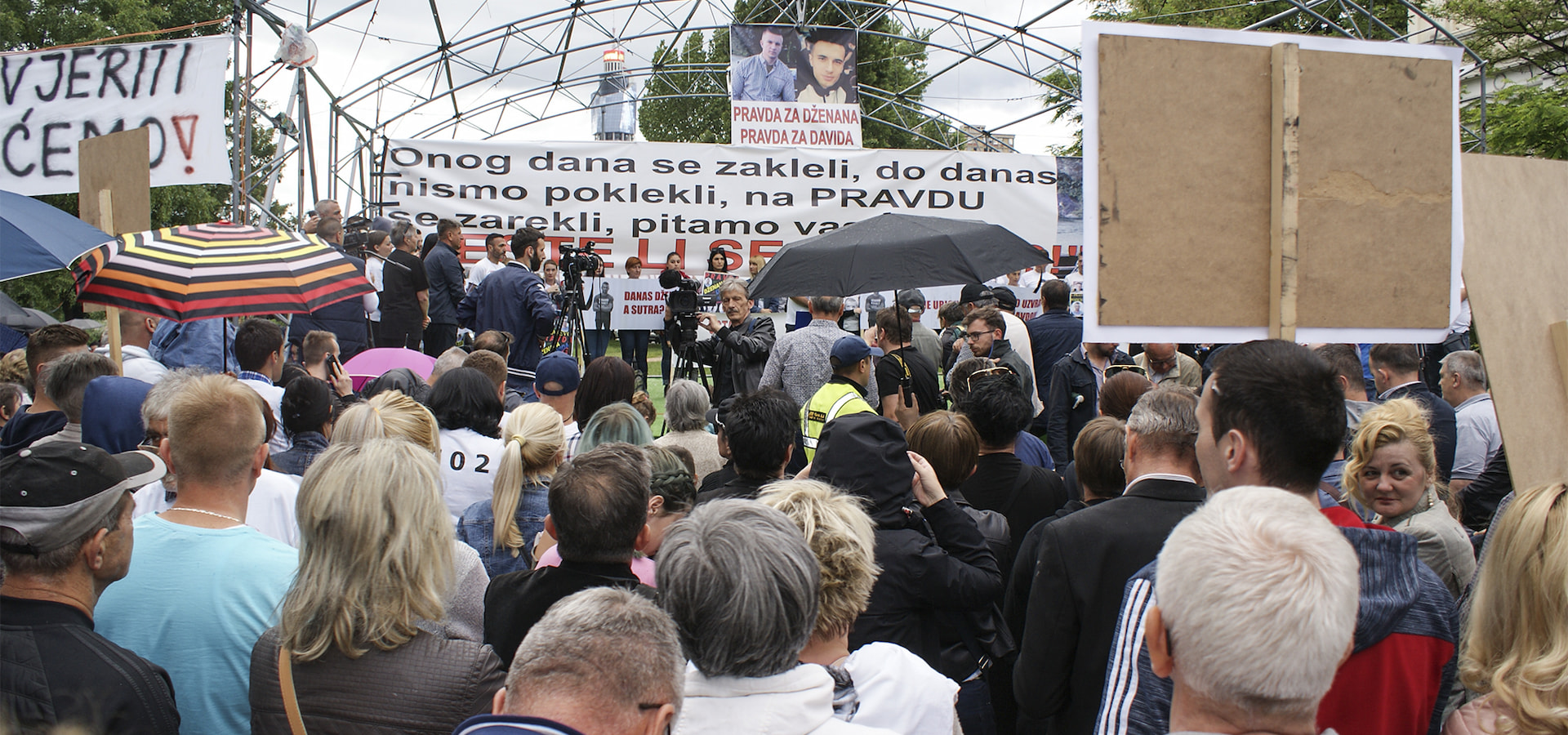
Communities united in protest against official death verdicts
The unresolved deaths of two young men have led to persistent protests in Bosnia and Herzegovina.
|30.05.2018
|
“I kissed my dead child on the lips on the autopsy table at 10 a.m. on March 25. I saw it all, I don’t need anything else. Just like Muriz Memić saw his dead child and he knew he had been killed.”
Davor Dragičević.“Even though the cases are all different, we fight the same battle." -

Lidia Kurasinska
Lidia Kurasinska is a freelance journalist based in Sarajevo. She writes about eastern Europe and the Balkans.
This story was originally written in English.